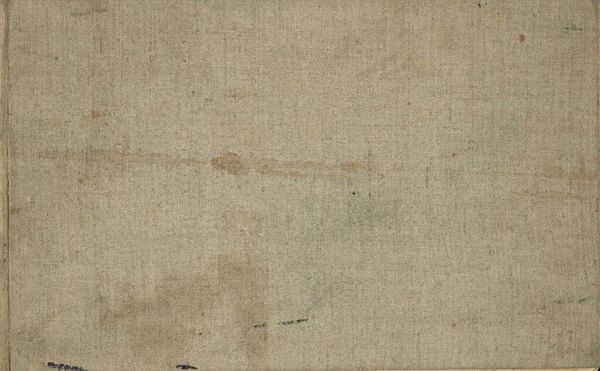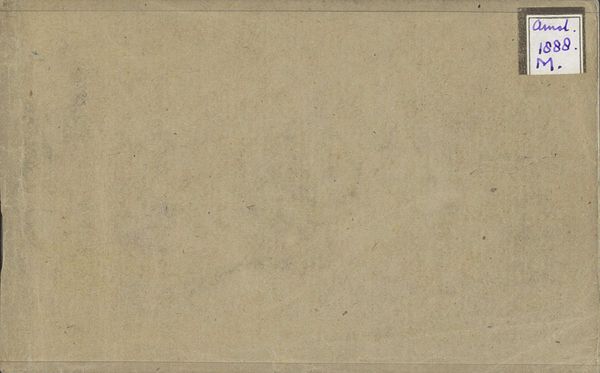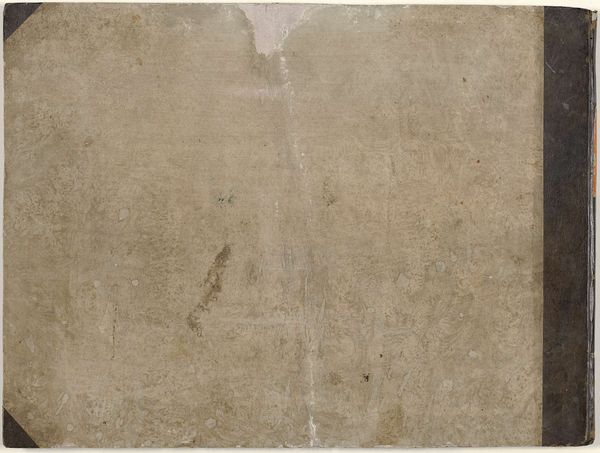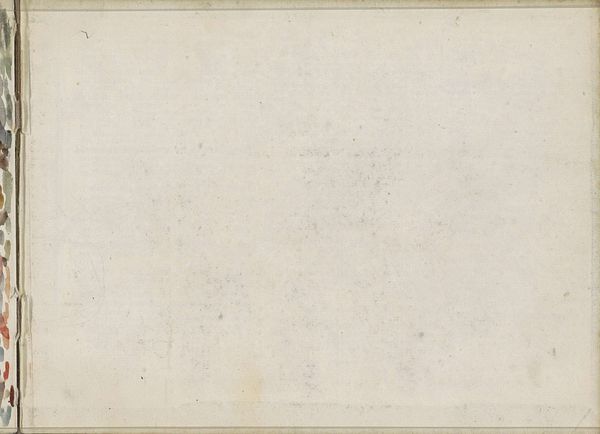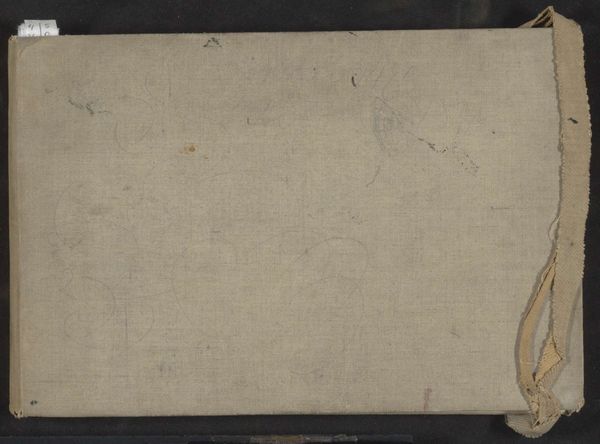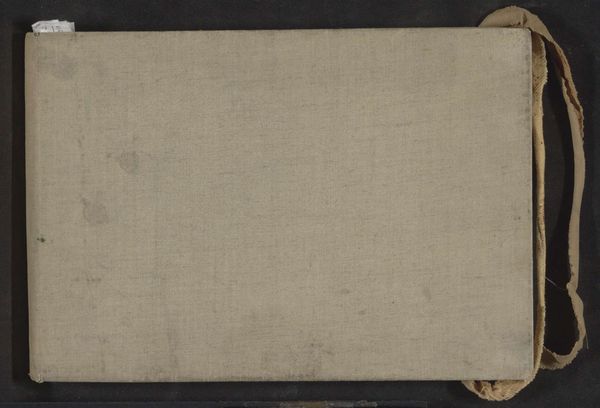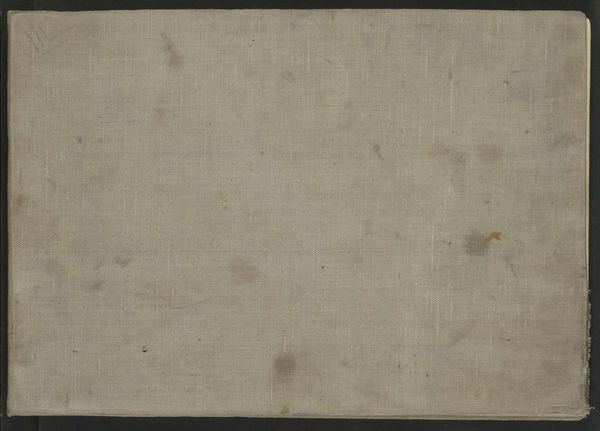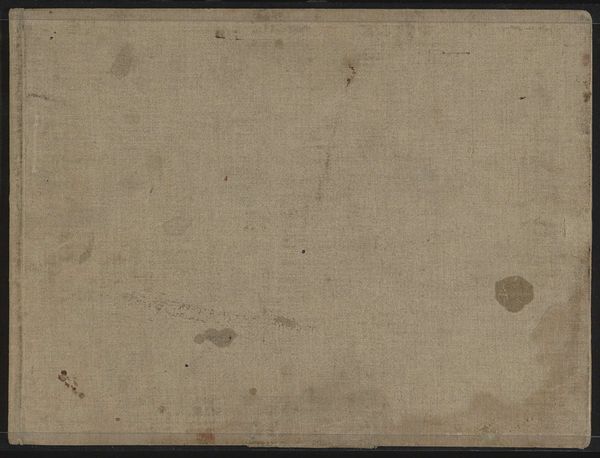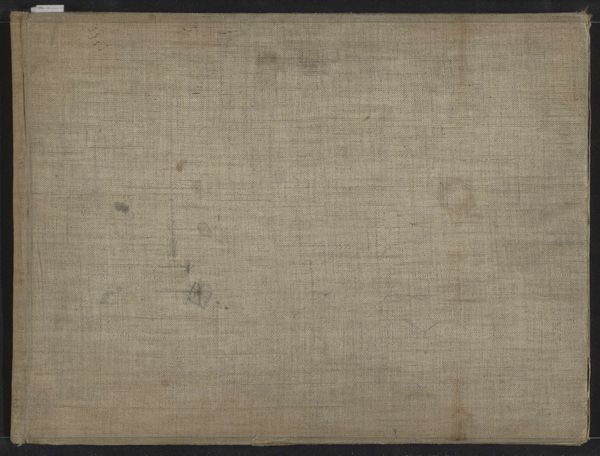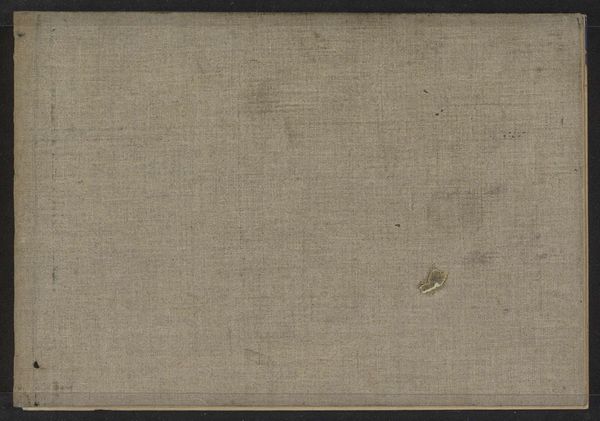
#
experimental typeface
#
hand drawn type
#
typography
#
text
#
hand-drawn typeface
#
fading type
#
calligraphic
#
typography style
#
watercolour bleed
#
experimental typography
#
watercolor
Copyright: Public domain
Curator: Bada Shanren's "Double Fish" is quite striking. It’s a deceptively simple composition of ink on paper. Editor: There's a powerful austerity to it. Those two lonely fish adrift in a vast sea of parchment. It feels somber. Curator: Shanren, a Ming dynasty royal who became a Buddhist monk after the dynasty's fall, often used symbolic imagery to express his feelings about the new Qing dynasty. The fish here could represent a number of things within that historical context—lost freedom, perhaps? Editor: I’m curious about the physicality of creating such a stark image. The type and strokes seem hurried, conveying this image must be a record of emotion expressed almost automatically. This connects to the monkhood and religious themes that resonate from the artist’s profile. What kind of inks are they employing here? Curator: That's the beauty of it. It’s seemingly minimalist in execution, allowing for this complex blend of personal and political interpretation. The brushstrokes, although economic, perfectly capture the essence of the fish. We should also mention the importance of calligraphy to the literati artists. Editor: The calligraphic text above… does it clarify the subject, or function more like texture in conversation with the forms and void space surrounding them? This relationship strikes me. Curator: Well, that text contains poetic lines alongside seals that also act as identifiers, stamping the work and adding another layer of meaning. It integrates seamlessly. The personal within the formal, reflecting his deep connection to his past and present roles in society. Editor: So it’s all these constraints of materials, station, political landscape—they all push the form to this… very potent statement. Even the way the watercolours bleed feels expressive of material limitations becoming advantages. Curator: Precisely. Bada Shanren used the tools available to him, his artistry, and the political climate as fuel to express loss and a changing world, creating works filled with deep historical resonance. Editor: Seeing it through that lens, it gains even more weight, more… sorrow, somehow. Thank you for providing that context. Curator: A pleasure. Understanding the environment helps us to more fully understand the materials.
Comments
No comments
Be the first to comment and join the conversation on the ultimate creative platform.
